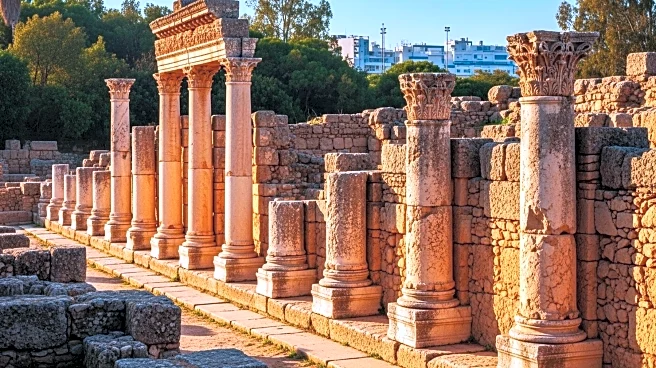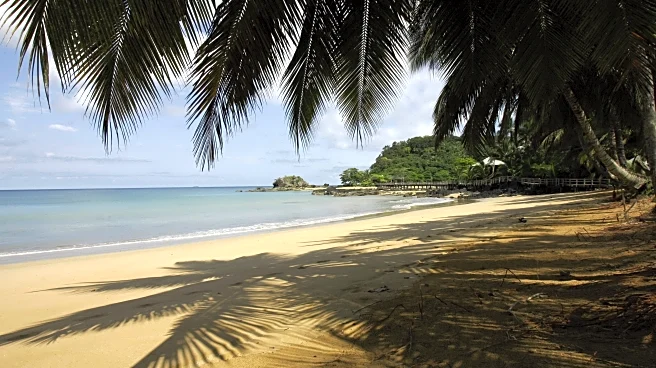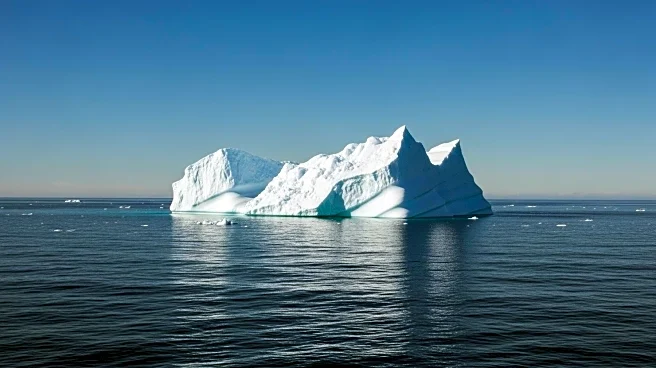What's Happening?
The ancient city of Carthage, a UNESCO World Heritage site located in modern-day Tunisia, is facing significant threats from climate change. Rising sea levels, increased salinity, and intensified wind erosion are causing visible damage to the ruins, including the Baths of Antoninus and the Punic Port site. Lorenzo Nigro, director of the Archaeological Mission of Sapienza University of Rome to Carthage, emphasizes the need for close surveillance and timely interventions to protect these monuments. UNESCO's director-general, Audrey Azoulay, has highlighted climate change as a major threat to global heritage, citing a report that found 73% of World Heritage sites are highly exposed to water-related hazards. A study published in Nature Climate Change mapped 284 cultural and natural heritage sites along Africa's coastline, predicting that the number of sites at risk from coastal flooding and erosion will triple by 2050 due to rising greenhouse gas emissions.
Why It's Important?
The threat to Carthage and other heritage sites underscores the broader impact of climate change on cultural heritage. These sites are not only historical treasures but also resources for sustainable development, education, and identity. Protecting them from climate change is a global responsibility that requires both emissions reductions and practical adaptation measures. The international community must invest in heritage protection, including funding for scientific research, site monitoring, and conservation techniques. The growing body of research serves as a wake-up call for the protection of ancient treasures, urging UNESCO and other international bodies to scale up efforts and integrate them with climate adaptation policies.
What's Next?
Mitigation measures are urgently needed at Carthage, particularly around the Punic Ports and the Baths of Antoninus. These may include partial reburial of fragile remains, consolidation of Roman masonry, and installation of protective shelters. The study suggests that if greenhouse gas emissions are limited, the impact on heritage sites can be reduced. Governments are encouraged to reduce carbon emissions and invest significantly more in heritage protection. The conversation around these issues is happening, but whether promises will translate into action remains to be seen.
Beyond the Headlines
The erosion of Carthage's ruins highlights the ethical and cultural dimensions of climate change. Protecting archaeological heritage is not just about preserving the past; it is about safeguarding resources that contribute to sustainable development and cultural identity. The international community's response to this crisis will reflect its commitment to preserving global heritage for future generations.












